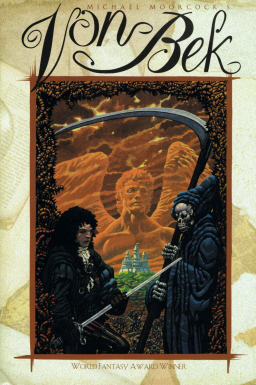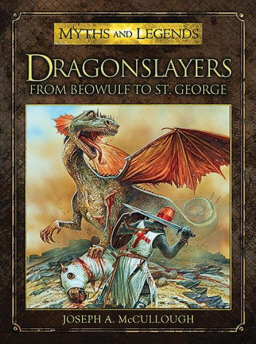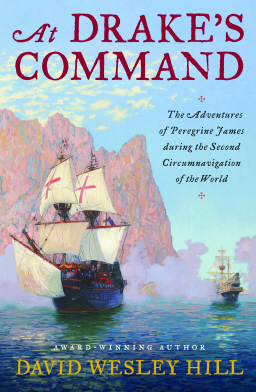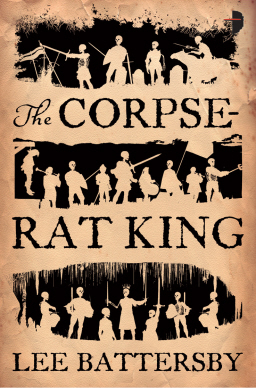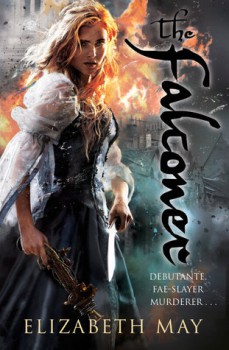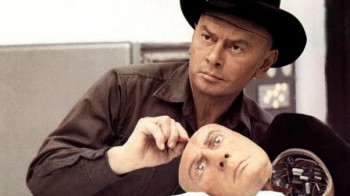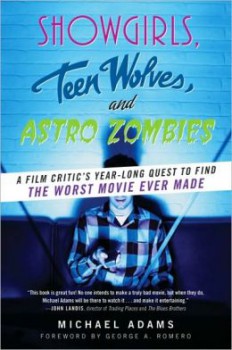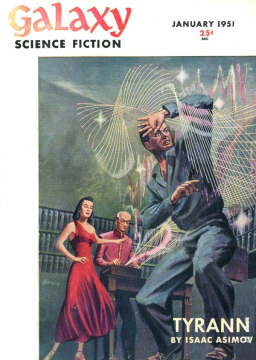Vintage Treasures: Chaosium’s Thieves’ World
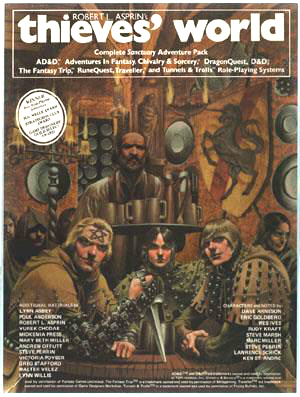 There was a time when shared-world fantasy was brand new, and taking the genre by storm. That time was 1979, and the man at the helm was Robert Lynn Asprin, a midlist novelist who had never edited anything before in his life.
There was a time when shared-world fantasy was brand new, and taking the genre by storm. That time was 1979, and the man at the helm was Robert Lynn Asprin, a midlist novelist who had never edited anything before in his life.
Robert Lynn Asprin was the guest of honor at one of the first science fiction conventions I ever attended, Maplecon 2 in Ottawa in 1979. He was a spirited and self-deprecating guest, telling stories of Joe Haldeman and Poul Anderson gently correcting his spelling and grammar (“These are the people I’m supposed to be editing?!”) as he midwifed the birth of what would become one of the most successful fantasy franchises of the 20th Century: Thieves’ World, the Ace paperback anthology that triggered an explosion in shared world fantasy over the next two decades. Thieves’ World eventually encompassed thirteen collections and over half a dozen original novels, published between 1979 and 2004.
It wasn’t the only new trend to emerge at the end of the 70s in fantasy fiction — in fact, it wasn’t even the biggest. The influence of Dungeons and Dragons was cresting at the same time, and with the publication of Margaret Weis and Tracy Hickman’s Dragons of Autumn Twilight, the first DragonLance novel, in 1984, the two genres finally collided, and neither would ever be the same again.
As fantasy fiction and gaming gradually blended throughout the 80s, it didn’t just mean that bookstores were flooded with gaming novels. Gaming stores likewise were invaded with a new generation of book-inspired titles, from Iron Crown’s Middle Earth Role Playing to Chaosium’s Call of Cthulhu, and TSR’s Conan and Lankhmar properties, just to name a few.
These two juggernauts of 20th Century fantasy, Thieves World and role playing, came together in 1981 with the release of the Thieves’ World boxed set from Chaosium, a singular accomplishment that has been called the “Rosetta Stone of early roleplaying.”
